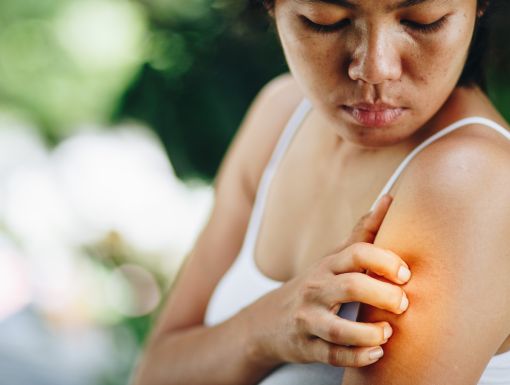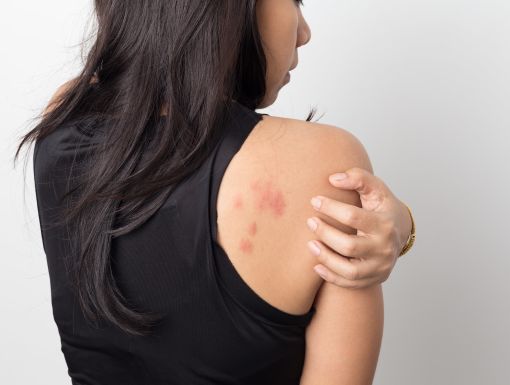
Name That Rash: Shingles or Poison Ivy?
You’re itchy and uncomfortable, your skin has a red rash, what could be the cause? Shingles and poison ivy are two very common causes of skin rashes – but how can you know which one you might have, and if you should seek medical treatment? Read on to learn more about each and how to know which you have.
Shingles: The Basics
Shingles is caused by a reactivation of the varicella zoster virus, more commonly known as chicken pox. Shingles appears as clustered red, tiny blisters, most commonly along a dermatome – the path of individual peripheral nerves. Because of this, the rash most commonly occurs in a stripe around only one side of the trunk of the body. However, in some cases – usually in people with weakened immune systems – the rash may be more widespread and look like a chickenpox rash.
Poison Ivy: The Basics
The stems and roots of poison ivy, poison oak and poison sumac plants contain an oily resin called urushiol. Upon contact with the oil, you may have an allergic reaction that causes a rash on your skin, resulting in a red, itchy, blistery rash. Often the rash appears in straight lines and is usually on exposed areas of skin such as arms, legs and face.
When to See a Doctor
If the blistery rash is on both sides of your body, on both arms or both legs, it is most likely not shingles. If you may have come in contact with poison ivy, poison oak or poison sumac recently and you suspect a mild case, you may be able to treat it at home with calamine lotion, cool compresses or oatmeal baths. You can also try oral antihistamines like diphenhydramine. However, if the poison ivy rash is severe, widespread, or it is no your face or genitals, you may need prescription medication so contact your doctor promptly.
If you suspect your rash is caused by shingles, contact your doctor promptly.
Schedule a visit with an Ochsner Primary Care provider today!



